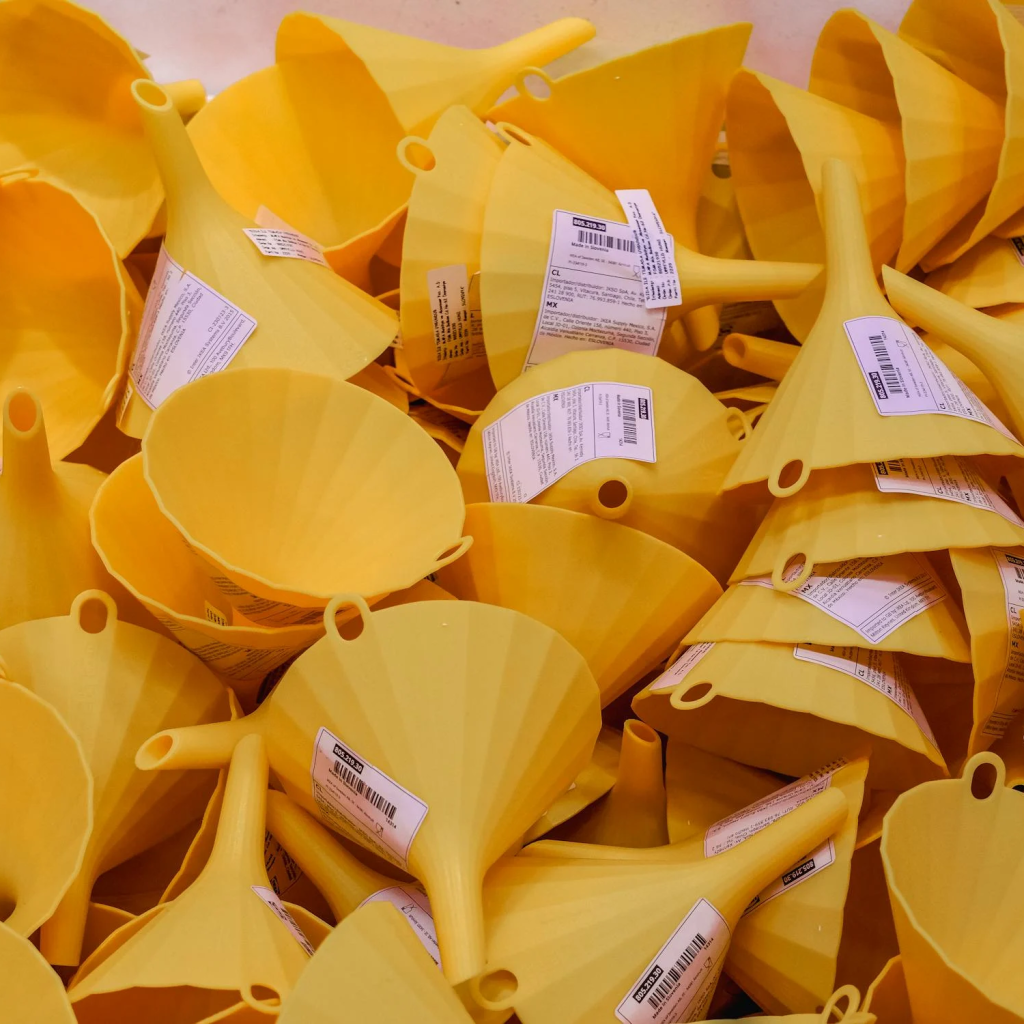A well-optimized sales funnel that converts is crucial for turning potential customers into loyal buyers. Whether you’re a small business, an entrepreneur, or a large corporation, an effective sales funnel helps guide prospects through the buying journey with minimal friction.
In this article, we will explore the key stages of a sales funnel, how to optimize each step, and the best strategies to improve conversions.

What is a Sales Funnel?
A sales funnel is a step-by-step process that leads prospects through different stages of engagement, ultimately converting them into customers.
It represents the journey from awareness to decision-making and ensures that businesses attract, nurture, and close deals effectively.
The sales funnel typically consists of four main stages:
- Awareness – Capturing attention and generating interest.
- Interest – Nurturing potential customers by providing value.
- Decision – Encouraging prospects to make a purchase.
- Action – Closing the sale and maintaining customer loyalty.
Each stage plays a crucial role in ensuring that leads do not drop off before making a purchase. A well-designed sales funnel that converts helps businesses lower acquisition costs and increase repeat purchases.
Step-by-Step Guide to a Sales Funnel That Converts
1. Define Your Target Audience
The foundation of a high-converting sales funnel is a deep understanding of your ideal customers. To create a successful funnel:
- Conduct market research.
- Develop customer personas.
- Identify their pain points, desires, and buying behavior.
2. Attract Leads with High-Quality Content
The first stage of a sales funnel is about attracting potential customers. You can achieve this through:
- Blogging and SEO-optimized articles.
- Social media marketing.
- Paid advertising (Google Ads, Facebook Ads, etc.).
- Webinars, videos, and infographics.
3. Create a Lead Magnet
To move prospects from awareness to interest, offer them something valuable in exchange for their contact information. Effective lead magnets include:
- Free ebooks or guides.
- Exclusive webinars or workshops.
- Discounts or special offers.
- Free trials or samples.
4. Set Up a Landing Page
A landing page is a crucial element of your sales funnel. It should be designed to:
- Clearly communicate the value of your offer.
- Capture leads through a form.
- Minimize distractions and encourage conversions.
5. Nurture Leads with Email Marketing
Once leads enter your funnel, use email marketing to build relationships and guide them toward a purchase. Key tactics include:
- Personalized email sequences.
- Providing educational content and case studies.
- Addressing objections and answering FAQs.
6. Optimize the Sales Page for Conversions
Your sales page should be designed to encourage prospects to take action. Ensure it:
- Has a compelling headline and value proposition.
- Includes social proof (testimonials, reviews, case studies).
- Offers a clear and irresistible call-to-action (CTA).
7. Use Retargeting to Re-Engage Prospects
Many potential customers will not convert on their first visit. Retargeting ads help bring them back into the funnel by:
- Showing personalized ads based on their previous interactions.
- Offering limited-time discounts or incentives.
- Reminding them about their abandoned carts.
8. Close the Sale with a Strong Call-to-Action
The decision stage requires persuasive tactics to encourage final conversions. Strategies include:
- Using scarcity (limited-time offers, exclusive deals).
- Providing money-back guarantees or risk-free trials.
- Simplifying the checkout process.
9. Build Customer Loyalty and Encourage Repeat Sales
A sales funnel doesn’t end after a purchase; it continues with customer retention strategies:
- Offering excellent post-purchase support.
- Implementing loyalty programs and referral incentives.
- Encouraging repeat purchases through personalized recommendations.
Key Metrics to Track Sales Funnel Success
To ensure your funnel is effective, monitor key performance indicators (KPIs):
- Conversion Rate: Percentage of visitors who take desired actions.
- Customer Acquisition Cost (CAC): Total cost to acquire a customer.
- Customer Lifetime Value (CLV): Revenue a customer generates over their lifetime.
- Bounce Rate: Percentage of visitors who leave without taking action.
- Cart Abandonment Rate: Percentage of users who leave after adding products to their cart.
Final Thoughts
A well-designed sales funnel is essential for maximizing conversions and driving revenue growth. By focusing on attracting, nurturing, and converting leads while continuously optimizing each stage, businesses can build a system that generates consistent and scalable sales.
Start by analyzing your customer journey, refining your messaging, and testing different strategies to create a sales funnel that truly works for your business.
Need a lead magnet to fuel your funnel? Download our free Business Ideas Ebook to kickstart your offer.
Want to learn more about funnel psychology? Check out ClickFunnels’ funnel strategy guide for advanced insights.


